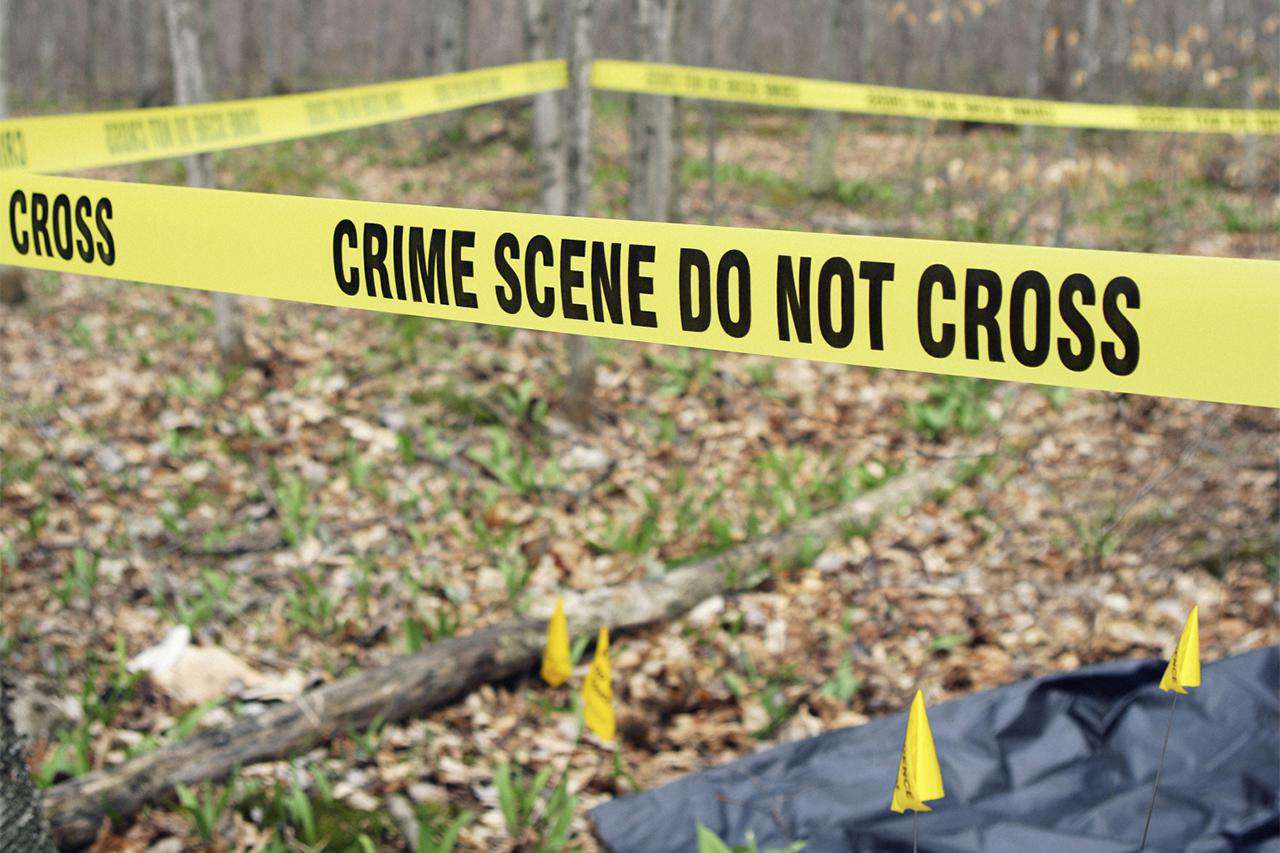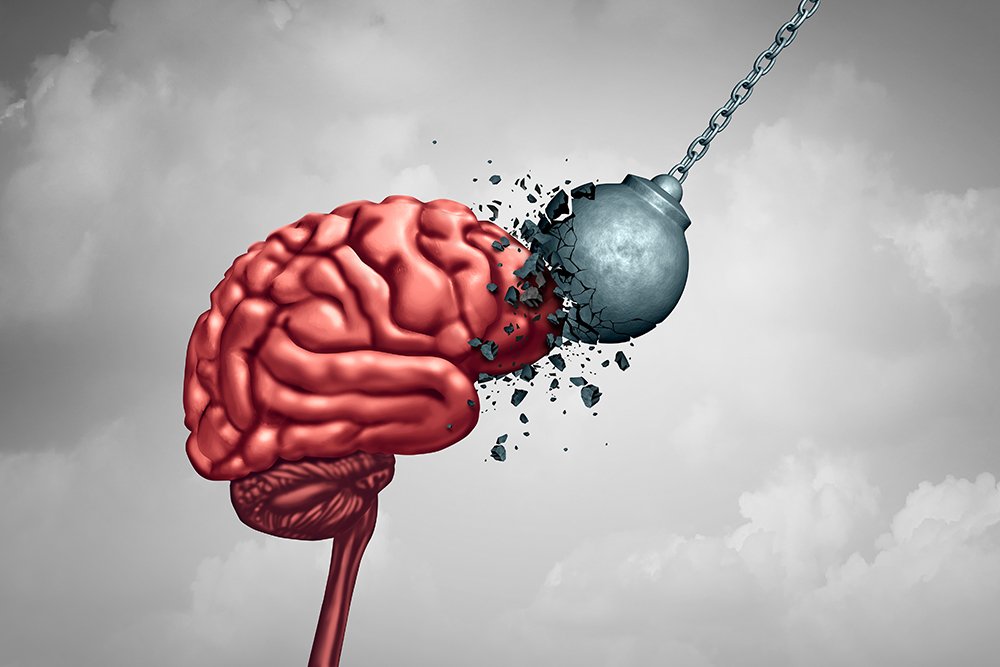Serial Killers, 7 Psychological Phases and Cyber World
Serial Killers, 7 Psychological Phases and Cyber World

In 1988, psychologist Joel Norris, after 500 interviews, revealed his work based on the fact that serial killers undergo 7 psychological stages. Some of these phases shifted to activities in the cyber world, while our cyber world and our kinetic world are tangled together like ivies. This began to make it difficult to detect a potential criminal tendency in the early phase.
And according to this study, what phase do serial killers go through?
1- Aura Phase
In the aura phase, the person begins to put a distance between himself and social relations. To a certain extent, he begins to drift away from reality. Sometimes this situation can go insidiously unnoticed by family and friends and continues for an unpredictable short or long time. Fantastic thoughts begin to gain weight. In most cases, these thoughts manifest themselves as violent sexual thoughts or other violent fantasies. Again in the person, the use of substances in this process may intensify the use of alcohol.
2- Trolling Phase
This phase usually involves the process of forming an idea about the space of potential victims. Usually, serial killers go through the process of searching for victims where they know or feel comfortable.
However, there is also a tendency to determine where they will commit the crime, maybe deal with the body.
This quest could take days or even months until the right candidate is found. Killer in his search may use certain patterns to track the victim.
3- Flirting Phase
In the flirting phase, the killer is focused on gaining the trust of his victim. Typically, this phase is used by more daring, planned and socially developed killers.
The killer tries to socialize with the victim. Once trust is gained, the killer takes the victim to a quiet and previously planned area and takes action.
4- Capturing Phase
As the name suggests, it is the phase in which the killer fully reveals his true intentions.
The methods used in the capture phase can again be selected in such a way that the killer can enjoy the action more.
5- Murdering Phase
At this point, the killer actually performs a ritual in his own way. Sometimes it can be accompanied by prolonged torture and necrophilia, while sometimes leading to a sudden death. Torture before killing and postmortem sexual intercourse is a common ritual, especially for sadistic killers.
Organized killers often adopt a longer period of torture and death. The killer can enjoy preceding torture and postmortem sexual intercourse more than the murder itself. Also in this process, the killer can use different means of torture, such as electricity. Once the torture ritual is completed, the killer finally kills his victim.
6- Totem Phase
After murder and other actions in this phase, the killer experiences a huge decline. He kind of wakes up from his fantasy. In fact, these ups and downs are said to be the key driving force for the killer to develop a ritual.
At this point, the reception of souvenirs from the victim is common. It is common to use memories such as clothing, a piece of body, photos, videos or jewelry.
The purpose of the souvenir is to get rid of the fall they experienced by repeatedly remembering the moment of the murder and the ritual.
7- Depression Phase
In this final phase, the killer tends to decide his next murder. Because the killer experiences a major emotional breakdown, this collapse can take days, weeks, even months.
Sometimes the killer compares the way he committed the crime to the murders in television movies and feels dissatisfied.
The depression phase is so intense that sometimes the killer can't even feel the strength to commit suicide. But after a while, the killer returns to the fantasy world and starts the next murdering cycle.
This motion always leads the killer to become more violent and more professional. The killer can feel the need to make improvements in their rituals.
The process continues until they're caught or committed suicide. Serial murder is kind of an addiction.
And what's it got to do with the Cyber World?
In the early phase, along with the Internet and the cyber world, the diagnosis of serial killer potential becomes even more difficult. For example, the disconnection from reality, the problems they experience in social relations, and the types of addiction are much more difficult to notice. It can be confused with an Internet addiction.
A killer in his trolling phase can shift to the cyberworld from a familiar environment in his search for victims. This could make it impossible to detect suspicious tracking patterns. A much less probability for the killer to get stopped in a routine police check.
The killer can make the process of gaining his victim's trust much more effective and easier than in the real world by moving it online. However, on the victim's side, control is much less than in the real world. Therefore, it can lead to a huge advantage for the killer on both the detection and the engagement side.
In the capturing phase, with the help of the confidence created in the cyber world and different communication possibilities, it can be difficult to get caught by developing a quieter and more insidious behavior model.
On the other hand, in some cases, killers were actually caught by other simple mistakes like not stopping at a red light on the street or speeding. The introduction of cyber abilities into phases could result in staying more in computer and internet worlds than outgoing post-murder phases.
In a nutshell, it is important that those who fight crime must increase their capabilities in the cyber world as much as murderers. Because technology and cyber life may also help these people to determine their potential before they commit crimes, online activities, browsing history, and communication methods, can be a supportive factor in profiling their potential.
Is cyber security only a struggle centered around hacking? Or does it include crimes committed in kinetic life as well?
It is worthwhile to really think about this important question, and if necessary, from the proper point of view, it is useful to develop and expand cybersecurity activities.
Articles from the workshop




